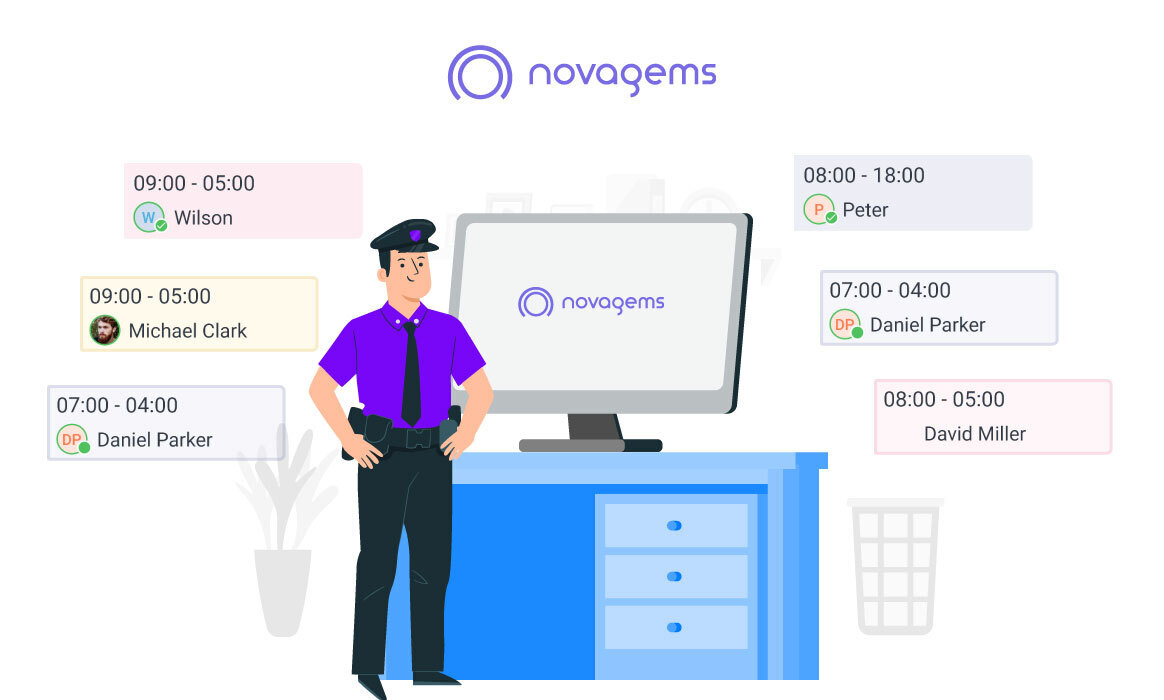The origin of IPTV lies in the pay TV model of 1950s and 1960s, when video content owners and distributors wanted to maximise their revenue beyond advertisements. The conditional access system (CAS) was developed by video content industry stakeholders to better manage their users and provide them with a range of subscription options. This technology allowed distributors to send encrypted video signals to users, which could be decrypted and played using set-top boxes (STBs) (STBs).
In the 1990s, access control evolved into digital CAS, which provided distributors with even more fine-grained control over the access and security of content. An algorithm for scrambling digital video broadcasts (DVB) has been codified (CSA). Precursor to the DRM protected content that has become commonplace in the era of OTT content, DVB standards include encryptions.
Despite the immense popularity of OTT platforms, pay TV continues to be popular in most markets. The number of OTT-only households is still small. Because of this, distributors are increasingly using CAS and multi-DRM to supplement their various businesses.
STBs, which are used in CAS, have also undergone a significant change in character. Video broadcasts were initially restricted by means of cards issued by distributors. System-on-a-chip technology became popular as these devices evolved, allowing STBs to decrypt content within their own processing units.
Out of all the user management systems, multi-DRM technology is considered the most advanced one, especially when it is used with video watermarking technology. Multi-DRM and watermarking services are typically provided as a single package by vendors to content creators. The success of multi-DRM technology is based on the security it provides as a combination of software and hardware and the use of two-way communication facilitated by the internet, which makes verifying the user device in a dynamic scenario possible. It is even possible to combine DRM systems with STBs, especially for smart TVs, as they have evolved further. For those who rely on broadcast signals to watch their favourite channels, this hybrid model can add useful information to their TV systems, such as information on shows, schedules, etc. and even offer recording options where the subscription plan permits it.



